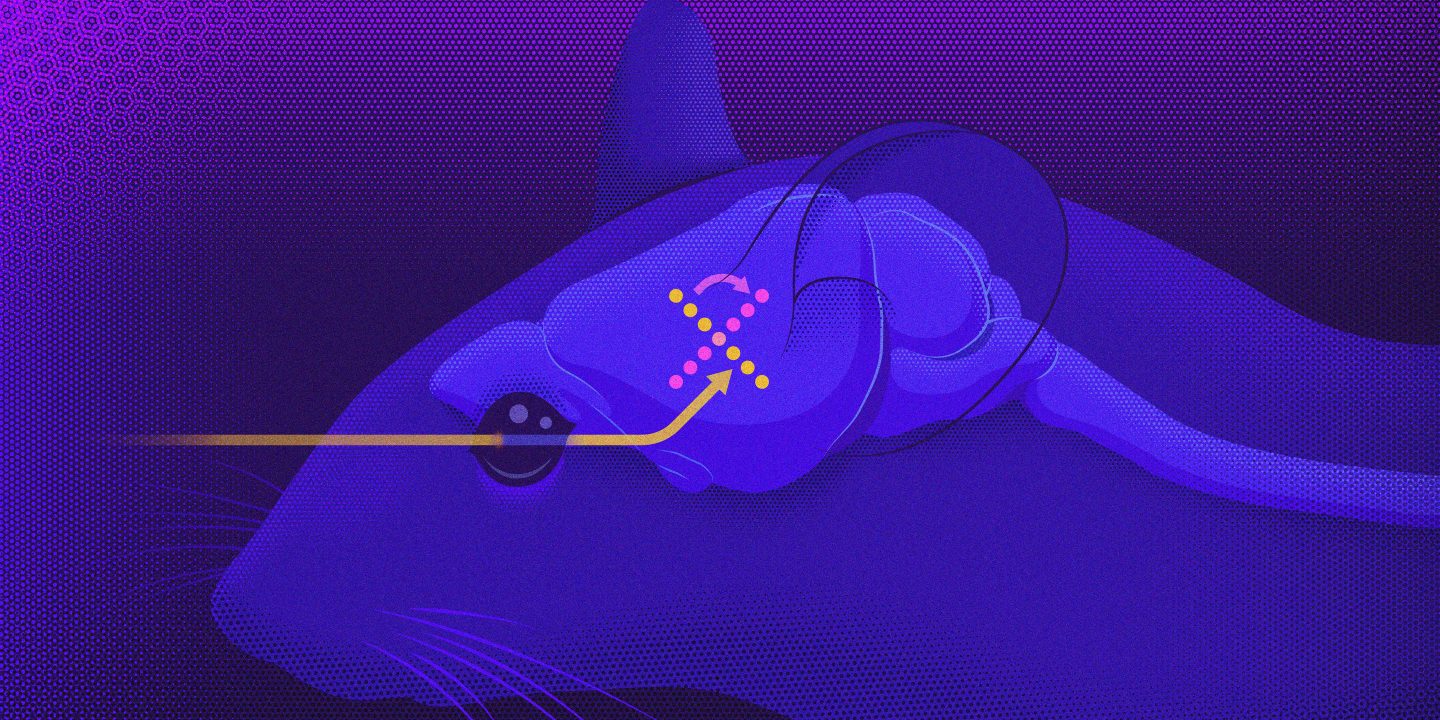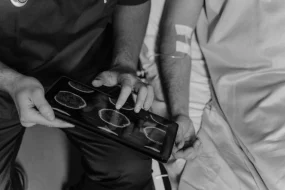
Some populations of neurons simultaneously process sensations and memories. New work shows how the brain rotates these representations to avoid interference.
To find out how the brain prevents new sensory information and short-term memories from mixing, Timothy Buschman, a neuroscientist at Princeton University, and Alexandra Libby, a graduate student in his lab, decided to focus on auditory perception in mice. The results showed that the brain rotates memories and thus manages to preserve them.
The researchers had the animals passively listen to four-chord sequences repeatedly, which allowed the mice to establish associations between sets of notes so that, upon hearing an initial chord, they could predict which sounds would follow.
Buschman and Libby observed how these patterns changed as the mice built their associations. They found that over time, the neural representations of associated chords began to resemble one another.
The researchers wanted to determine how the brain must be correcting this feedback interference to preserve accurate memories. Then, they trained another classifier to identify and differentiate neural patterns that represented memories of the chords in the sequences. The classifier found intact patterns of activity in the memories of the actual chords that were heard.
Memory representations have been organized into what neuroscientists describe as an “orthogonal” dimension to sensory representations, all within the same population of neurons.
Buschman likened this to running out of space on a paper while taking handwritten notes. “When that happens, you will rotate your piece of paper 90 degrees and start writing in the margins. And that’s basically what the brain is doing,” he said.
Analyzing experimentally, the scientists noticed that the activity of neurons could be neatly divided into two categories. Some were “stable” in their behavior during sensory and memory representations, while other “switch” neurons changed their response patterns for each use. To the researchers’ surprise, this combination of stable and mutating neurons was enough to spin sensory information into memory. “That’s all the magic,” Buschman said.
The full report on the publication is available at the Quanta Magazine website.
O artigo que apresenta a pesquisa pode ser acessado por meio do DOI: 10.1038/s41593-021-00821-9





